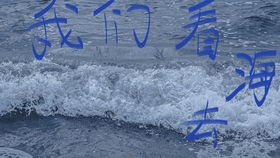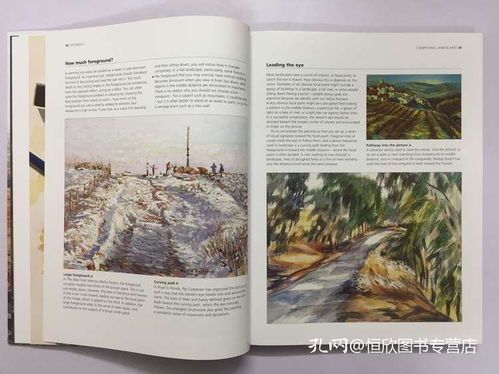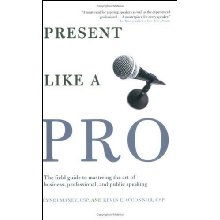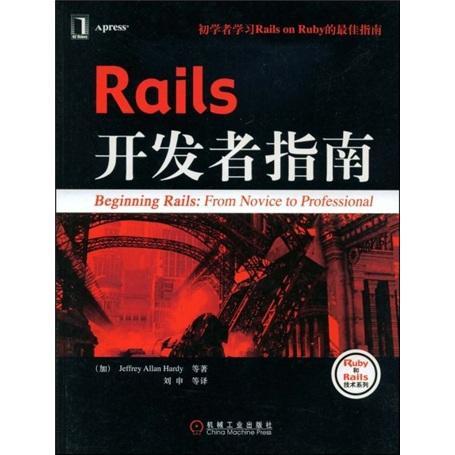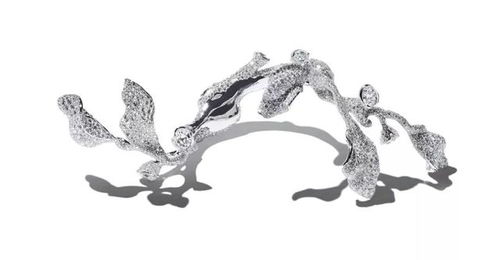Content:

Introduction: Fishing is not just a hobby; it's an art form that brings joy and relaxation to many. Capturing the essence of this tranquil activity through video can be both a rewarding and challenging endeavor. Whether you're aiming to share your fishing adventures with friends, create content for social media, or simply document your fishing trips, mastering the art of filming fishing videos is key. In this article, we'll delve into the essential tips and techniques to help you capture stunning fishing videos that will make your viewers feel like they're right there on the water.
Plan Your Shot: Before you even step onto the boat or the shore, it's crucial to have a clear idea of what you want to capture. Plan your shots in advance to ensure you don't miss any key moments. Consider the following aspects:
a. Angling Techniques: Focus on different fishing techniques, such as casting, retrieving, and reeling in, to showcase your skills.
b. Fish Behavior: Capture the natural behavior of the fish, including their feeding patterns and interactions with their environment.
c. Surroundings: Highlight the beauty of the fishing location, including the scenery, wildlife, and weather conditions.
Gear Up: Invest in the right equipment to enhance the quality of your fishing videos. Here are some essential gear items:
a. High-Quality Camera: A DSLR or a mirrorless camera with good video capabilities is ideal for capturing high-resolution footage.
b. Stabilizer: Use a monopod, tripod, or a handheld stabilizer to keep your shots steady and avoid unwanted shake.
c. Waterproof Camera Case: If you're filming in wet conditions, a waterproof camera case is a must to protect your equipment.
d. External Microphone: A good quality external microphone will help capture clear audio, which is crucial for storytelling.
Lighting and Composition: Lighting plays a vital role in the overall quality of your video. Here are some tips to ensure optimal lighting:
a. Natural Light: Whenever possible, film during the golden hours (just before sunrise or after sunset) when the natural light is softer and more flattering.
b. Fill Flash: Use a fill flash to even out the lighting, especially when filming in shaded areas or during overcast days.
c. Composition: Follow the rule of thirds to create visually appealing shots. Divide your screen into nine equal parts and place your subjects along the lines or at the intersections.
Capturing Audio: Audio is just as important as video in storytelling. Here are some tips to ensure great audio quality:
a. Position Your Microphone: Place your external microphone as close as possible to the sound source without causing a noticeable echo.
b. Minimize Background Noise: Avoid filming near loud areas or sources of noise that could distract from the audio of your fishing adventure.
c. Use a Windscreen: A windscreen will help reduce wind noise and ensure clear audio during windy conditions.
Editing Your Video: Post-production is where your video comes to life. Follow these steps to edit your fishing video effectively:
a. Import Footage: Transfer your video clips from your camera to your computer using a reliable video transfer software.
b. Organize Clips: Sort your footage into categories, such as fishing techniques, fish behavior, and surroundings, to make the editing process more manageable.
c. Cut and Trim: Remove any unnecessary footage, such as out-of-focus shots or silent clips, to keep your video concise and engaging.
d. Add Music and Sound Effects: Incorporate appropriate background music and sound effects to enhance the storytelling and create an immersive experience.
e. Apply Transitions: Use transitions sparingly to maintain a smooth flow in your video. Avoid overusing them, as it can be distracting.
Share Your Video: Once your fishing video is complete, it's time to share it with the world. Consider the following platforms:
a. Social Media: Share your video on platforms like YouTube, Instagram, and Facebook to reach a wider audience.
b. Fishing Forums and Communities: Post your video in online fishing forums and communities to connect with fellow anglers and receive feedback.
c. Personal Websites and Blogs: If you have a personal website or blog, embed your video there to showcase your fishing adventures.
Conclusion: Filming fishing videos can be a rewarding and enjoyable experience. By following these essential tips and techniques, you'll be well on your way to capturing stunning footage that will captivate your audience. Remember to plan your shots, invest in quality gear, pay attention to lighting and composition, capture great audio, edit your video effectively, and share your creations with the world. Happy filming!

